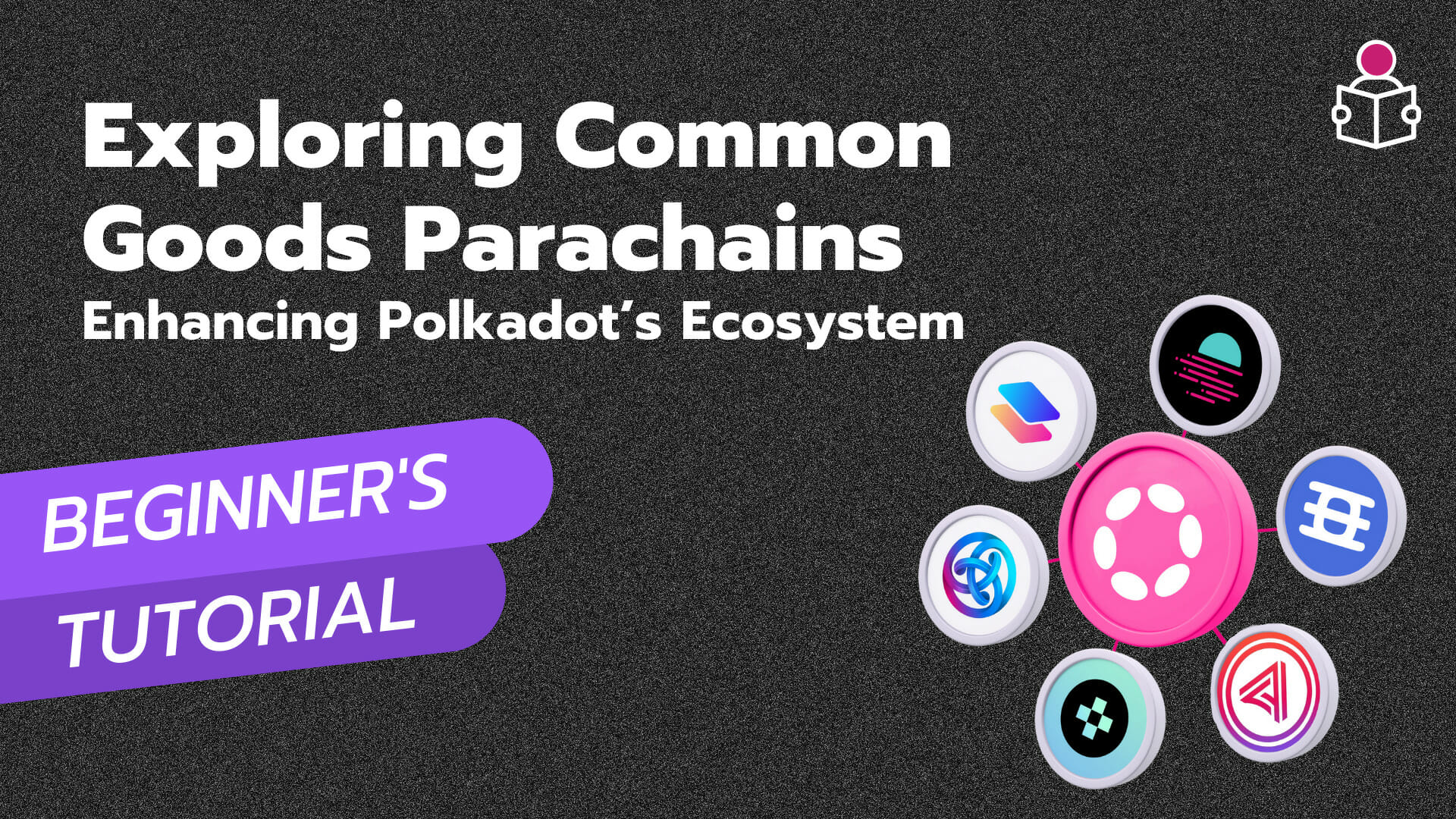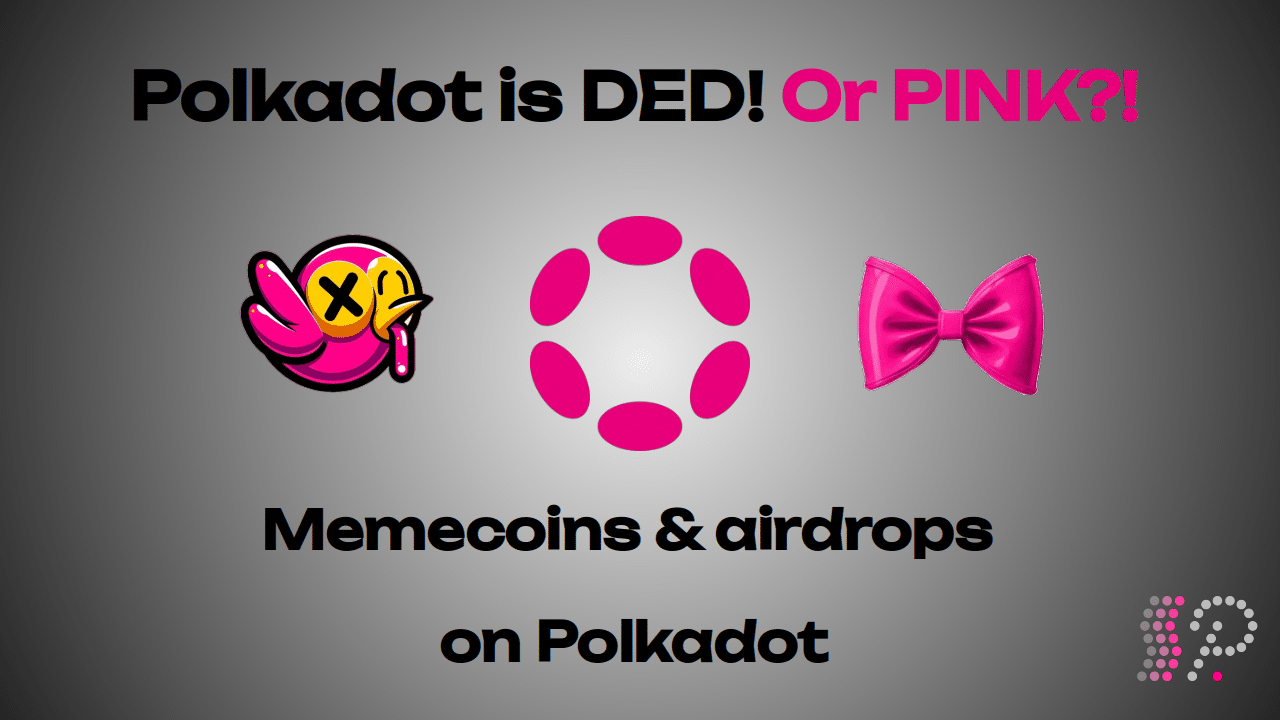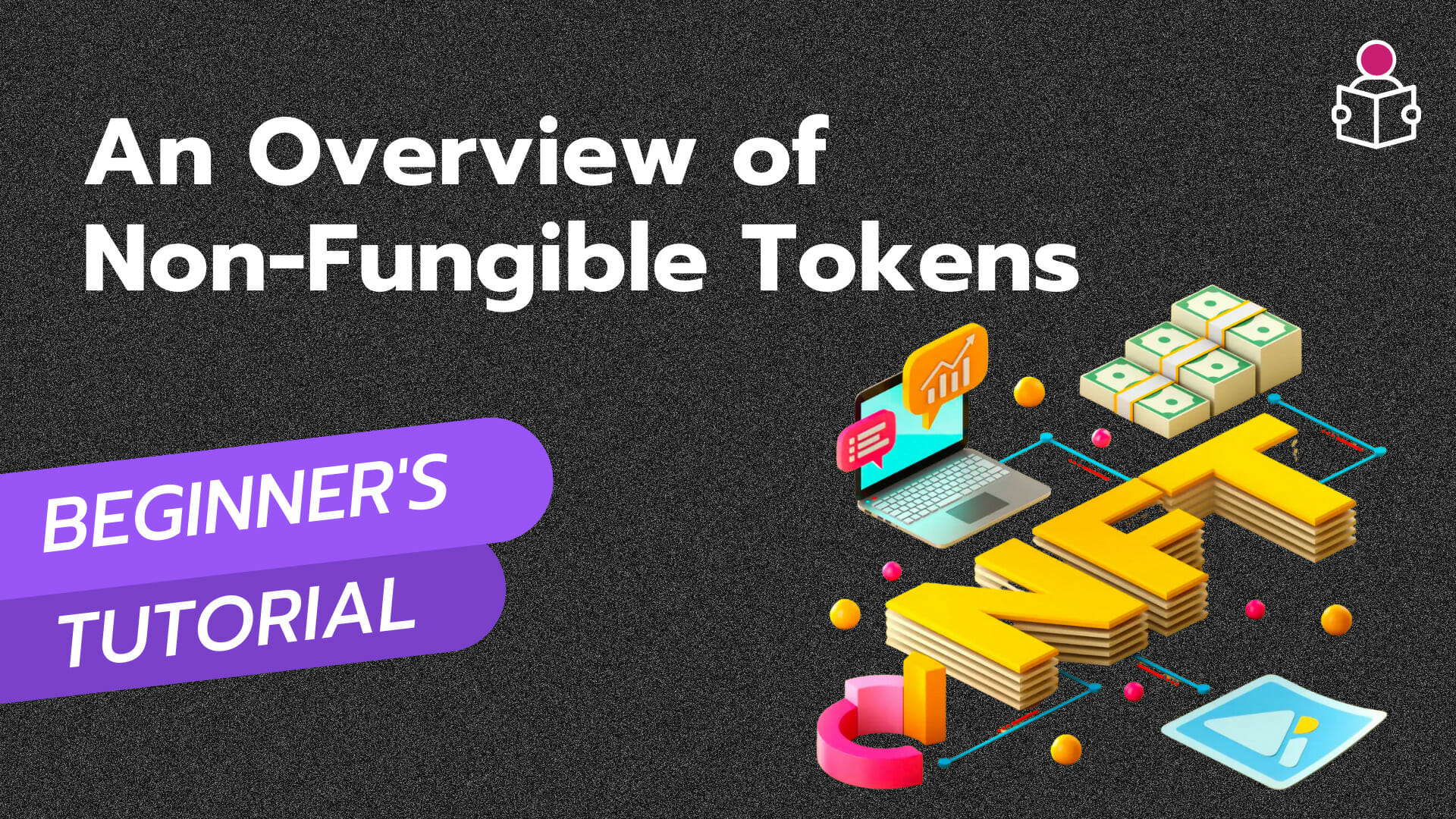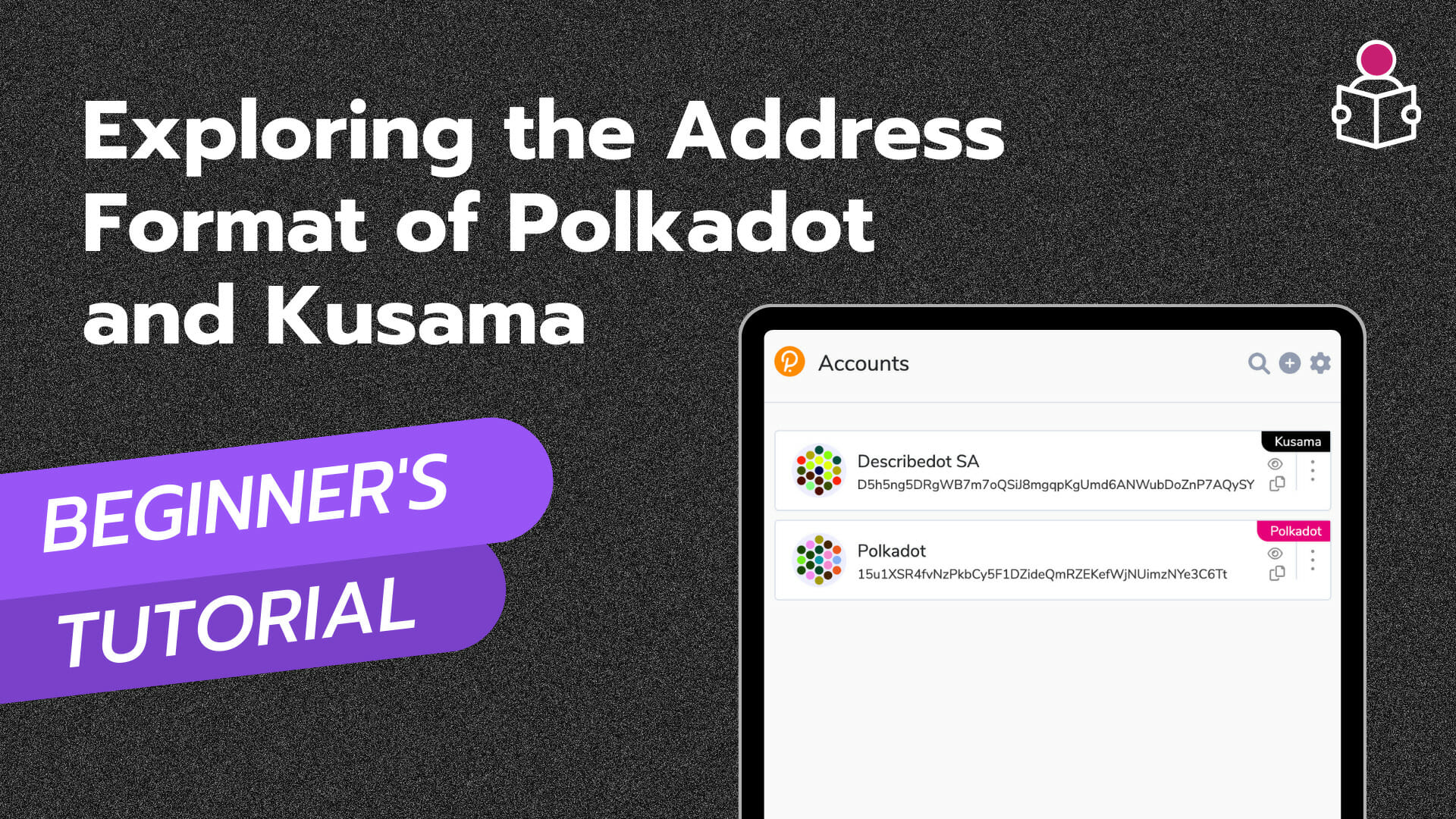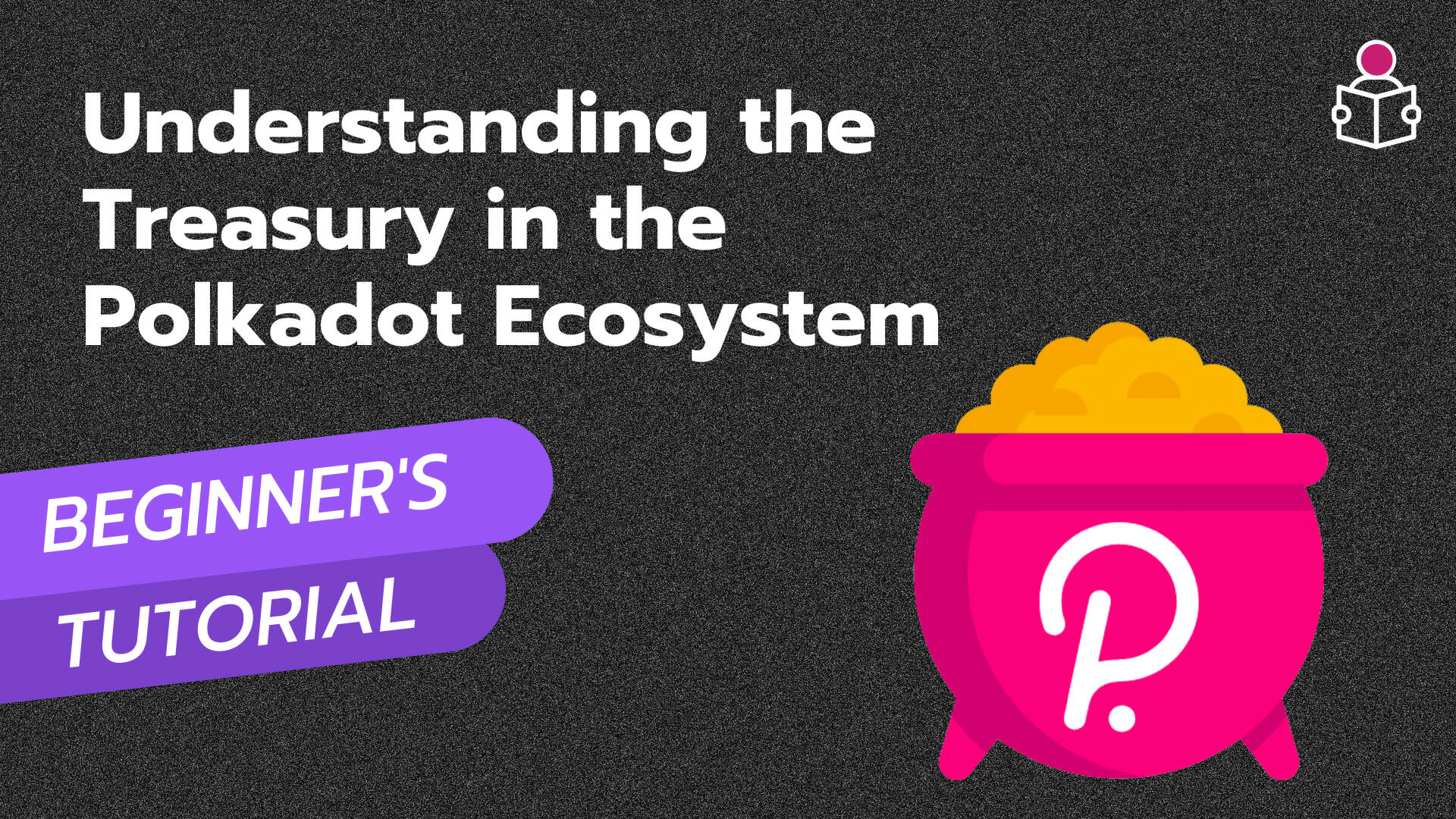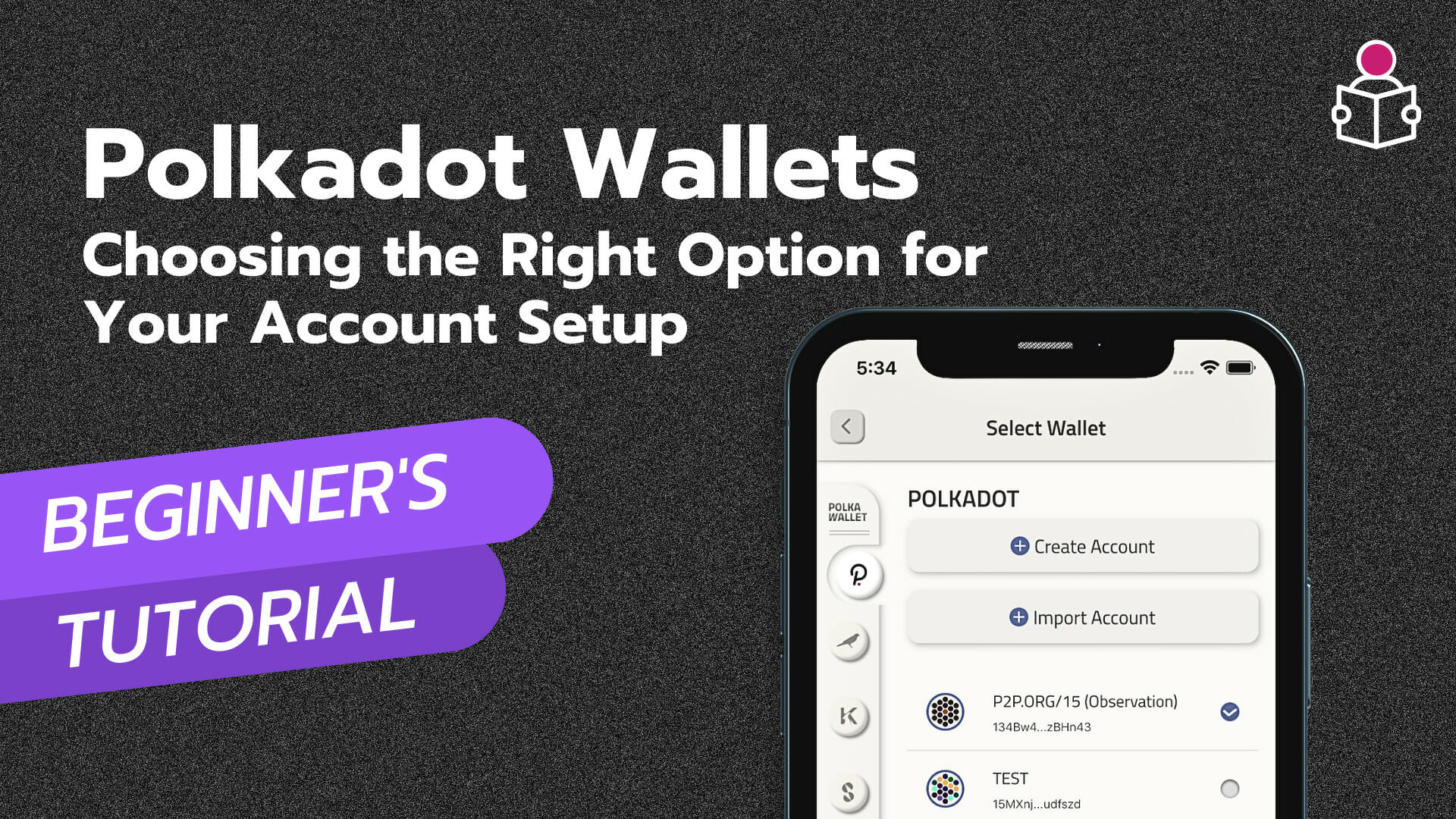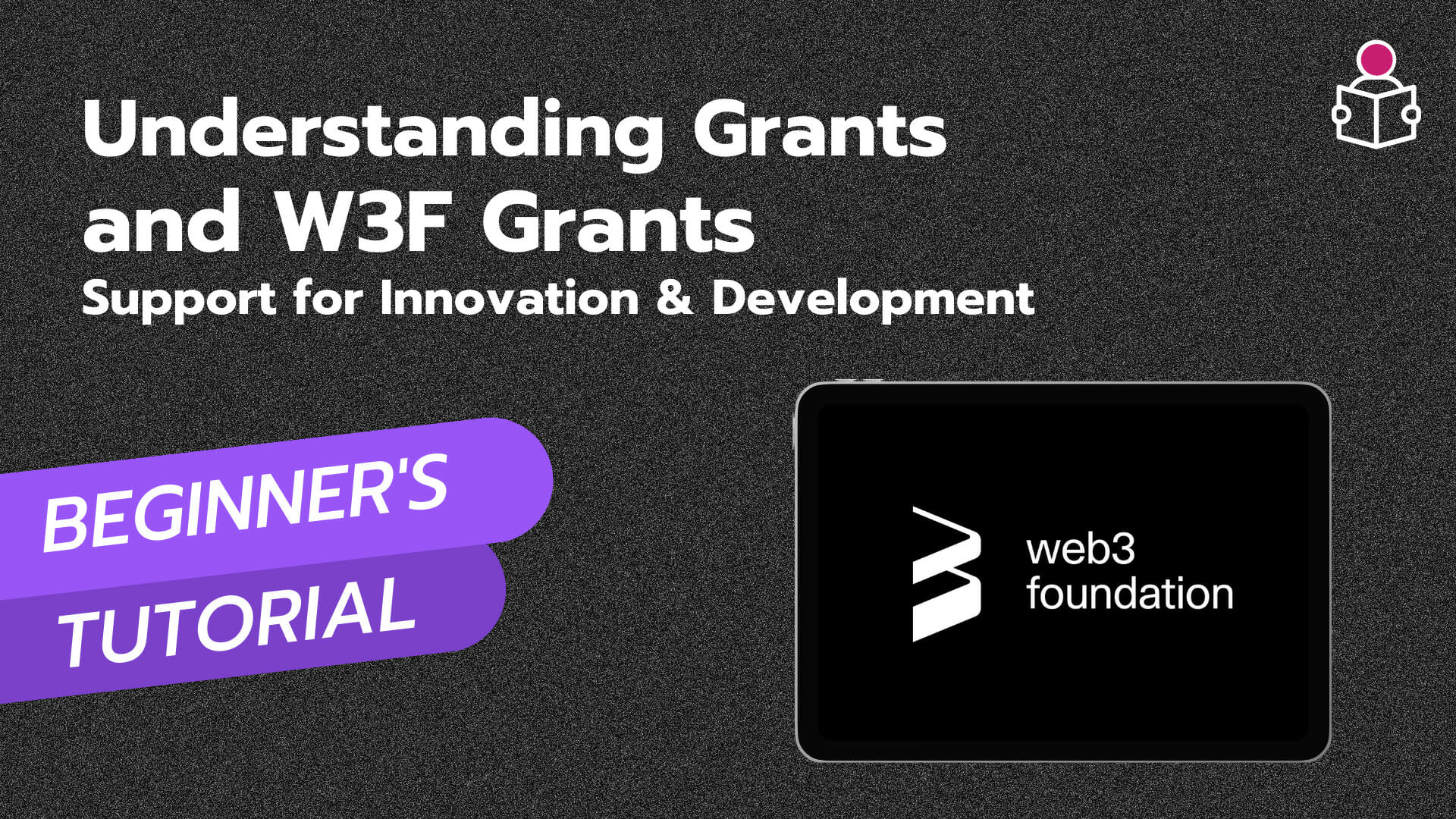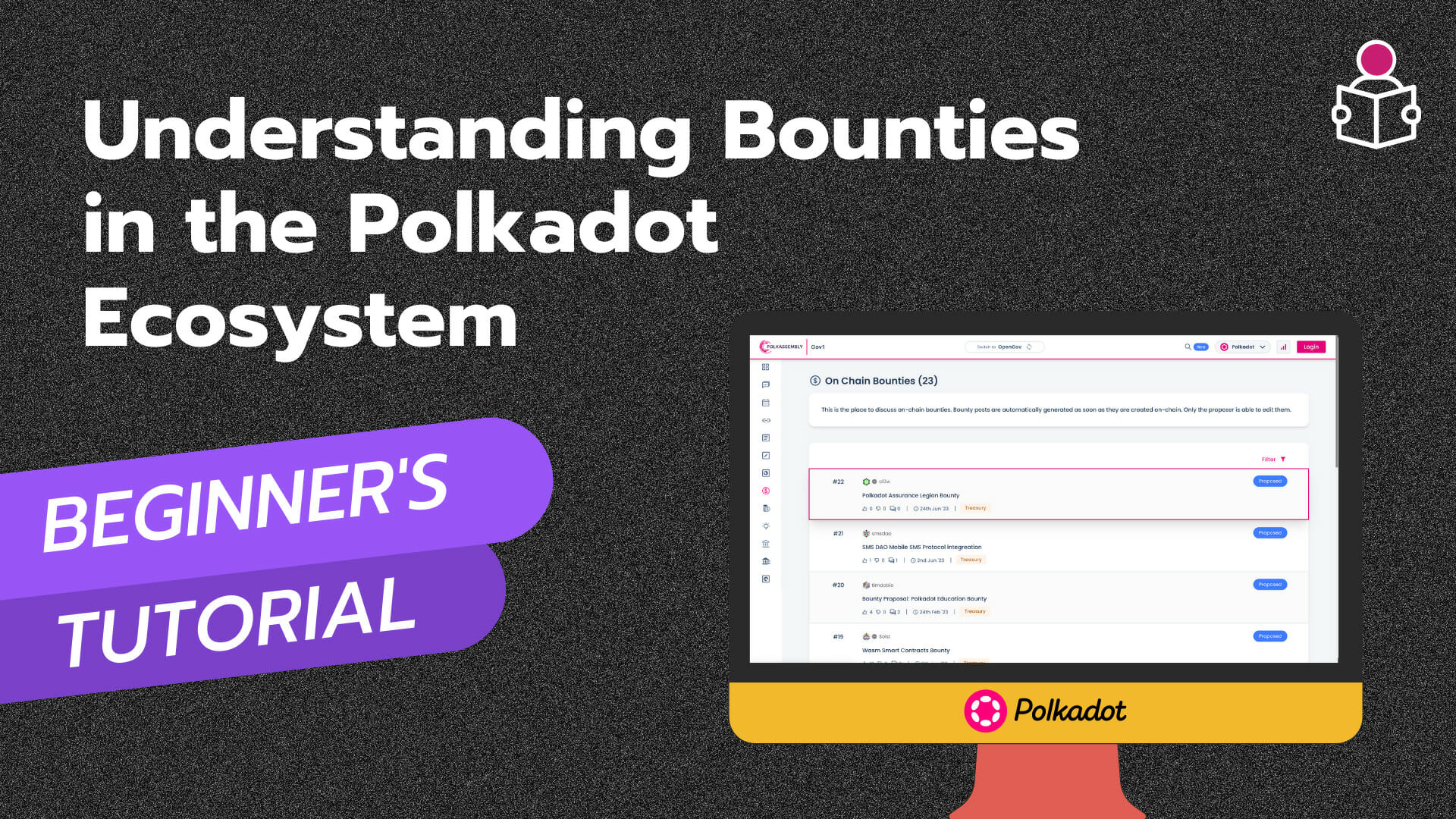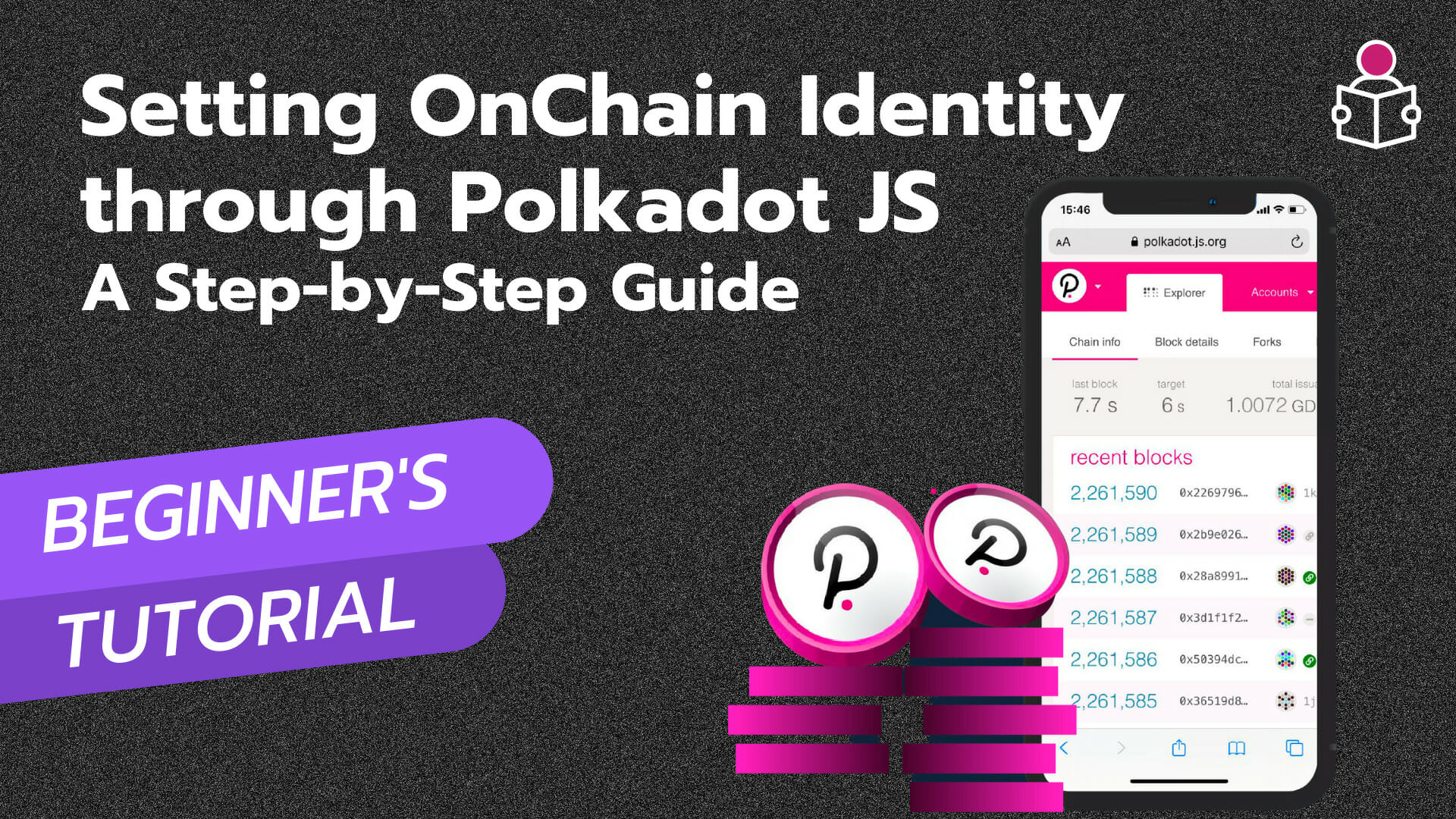Common Goods refer to the parachain slots reserved for providing functionalities that are common to the entire ecosystem. In the Polkadot ecosystem, Common Goods parachains are specifically designed to offer services and functions that are widely used by various applications and users. These parachains are not allocated through auctions, and therefore, they have no lease expiration.
Parachains: A Parallel Structure for Enhanced Scalability
Parachains are specialized data structures that are application-specific and can be validated by Relay Chain validators. While they function similarly to blockchains, they are not limited to blockchain functionality. Parachains operate in parallel with the Relay Chain, enabling transaction processing to be parallelized, thus enhancing Polkadot’s scalability. These parachains receive network-wide security and can communicate with other parachains using the XCM (Cross-Consensus Mechanism) format. We will explore XCM in detail in future Blogs.
The maintenance of parachains is handled by network maintainers called collators. Collators maintain a full node for the parachain, store parachain-related information, and prepare new block candidates for Relay Chain validators’ verification and inclusion in Polkadot’s shared state.
Parachains Allocation system
Polkadot supports a limited number of parachains, estimated to be around 100. These slots are allocated in different ways:
- Governance Granted Parachains or System Parachains:
- Common Goods parachains are now referred to as System Parachains.
- Auction Granted Parachains:
- Parachains are selected through auctions, where parachain teams or the public can bid via crowdloan processes.
- Parathreads:
- Parathreads are the last option for parachain allocation. They function similarly to parachains but are allocated through regular auctions on a “pay as you go” basis.
Common Goods Parachains: Reserving Functionality for the Ecosystem
Common Goods refer to the parachain slots reserved for providing functionalities that are common to the entire ecosystem. In the Polkadot ecosystem, Common Goods parachains are specifically designed to offer services and functions that are widely used by various applications and users. These parachains are not allocated through auctions, and therefore, they have no lease expiration.
System Parachains: Embodying Polkadot Protocol Features
System Parachains, also known as Common Goods parachains, contain all the Polkadot protocol features but exist within a parachain rather than on the Relay Chain. The selection and removal of System Parachains are carried out through network governance. Polkadot’s blockchain technology allows independent blockchains, known as parachains, to work together. To ensure smooth and efficient functioning, transactions within parachains are managed and processed separately from the Relay Chain, reducing bottlenecks and enhancing the overall scalability of the network.
System Parachains do not possess their own tokens or governance systems. Instead, they rely on Polkadot’s on-chain governance for upgrades and important actions. Decisions related to System Parachains are made by Polkadot’s network stakeholders, who hold responsibility for the DOT and KSM tokens used within the network.
Examples of Common Goods Parachains:
- Statemint: A platform for asset management within the entire network. It supports NFTs through the Uniques Pallet and NFT’s Pallet, with asset management logic encoded directly into the chain’s runtime. Statemint offers lower fees and deposits compared to the Relay Chain, making it ideal for handling DOT balances and assets.
- Encointer: A blockchain with functionalities for self-sovereign ID and global universal basic income. Encointer aims to empower individuals with full control over their data and digital identities without the need for centralized authorities. The concept of global universal basic income ensures that everyone receives a guaranteed minimum income in the form of money on a regular basis. Encointer’s functionality helps foster financial inclusivity in the Web3 space and mitigates Sybil attacks through innovative proof-of-personhood systems.
- Collectives Parachain: Collectives were introduced through Referendum 81 and currently exist only on Polkadot. They act as governance proposals and plans for collective decision-making within the Polkadot ecosystem. Collectives include various groups such as Fellowship, where experts share their opinions on highly privileged or sensitive proposals, and Polkadot Alliance, a group of seven members fighting against the misuse of the Polkadot brand and unattributed code.
Conclusion
Common Goods parachains hold a pivotal role in the Polkadot ecosystem, providing essential functionalities that are shared across the network. These parachains are not allocated through auctions and remain integral components without lease expiration. As the Polkadot network continues to grow, more Common Goods parachains will likely be added, enriching the ecosystem and enabling innovative applications.
If you have any queries or comments related to Common Goods or System Parachains, please feel free to reach out to us via comments or email on Support@describedot
FAQ’s (Frequently Asked Questions)
Q: How are Common Goods Parachains different from other parachains?
Unlike other parachains, Common Goods Parachains are not allocated through the parachain auction process. They are selected and allocated through the on-chain governance system based on their potential to benefit the entire network.
Q: What is the role of System Parachains in Polkadot?
System Parachains play a crucial role in enhancing the scalability and validation process of Polkadot. They help in offloading transactions from the Relay Chain, thereby freeing up blocks pace for the primary purpose of validating parachains.
Q: Do System Parachains have their own native tokens and governance systems?
No, System Parachains in Polkadot do not have their own separate native tokens or governance systems. They rely on the on-chain governance of the Polkadot network for managing upgrades and important actions.

